Seatbelts/pretensions go bad after an accident, but there might be some other issues as well. Most seatbelt codes do have multiple possible causes and this should help narrow them down for you.
Potential Causes
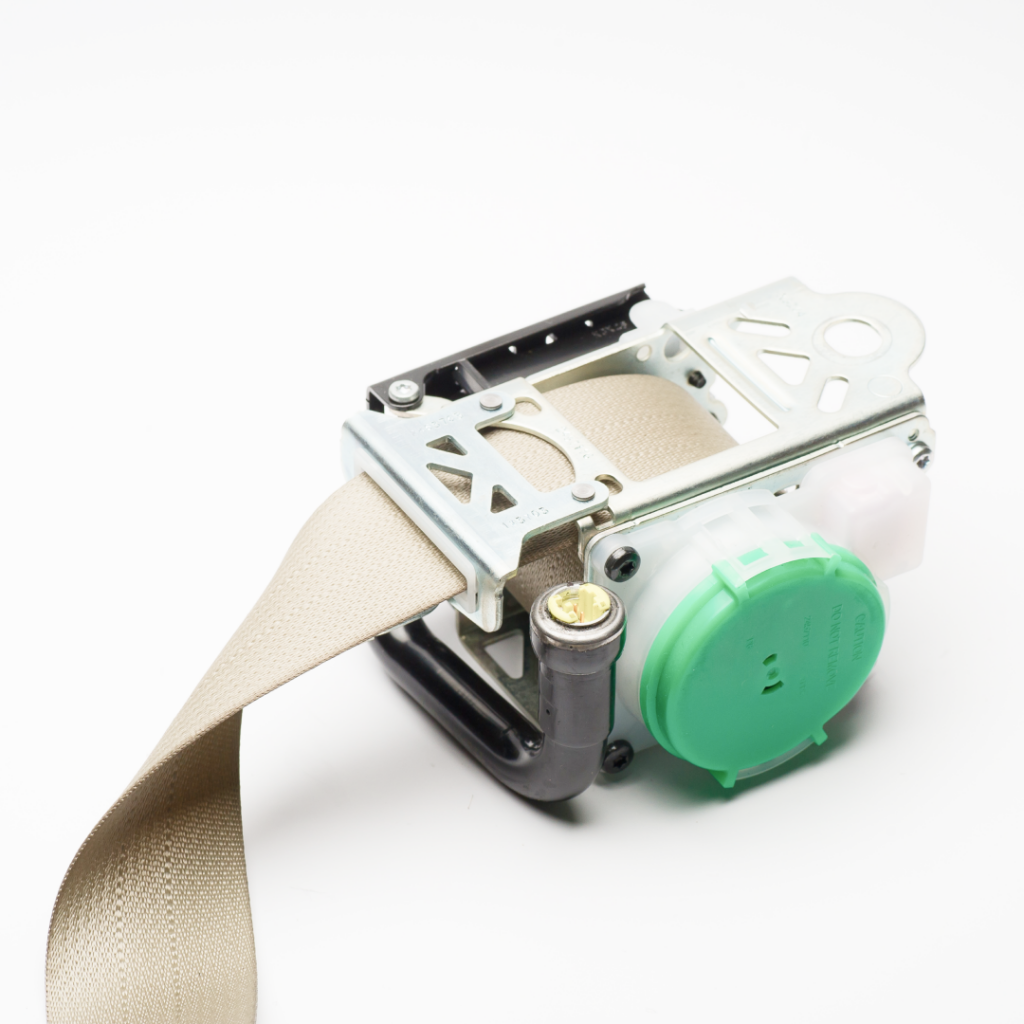
Faulty or deployed charge on the seat belt retractor.
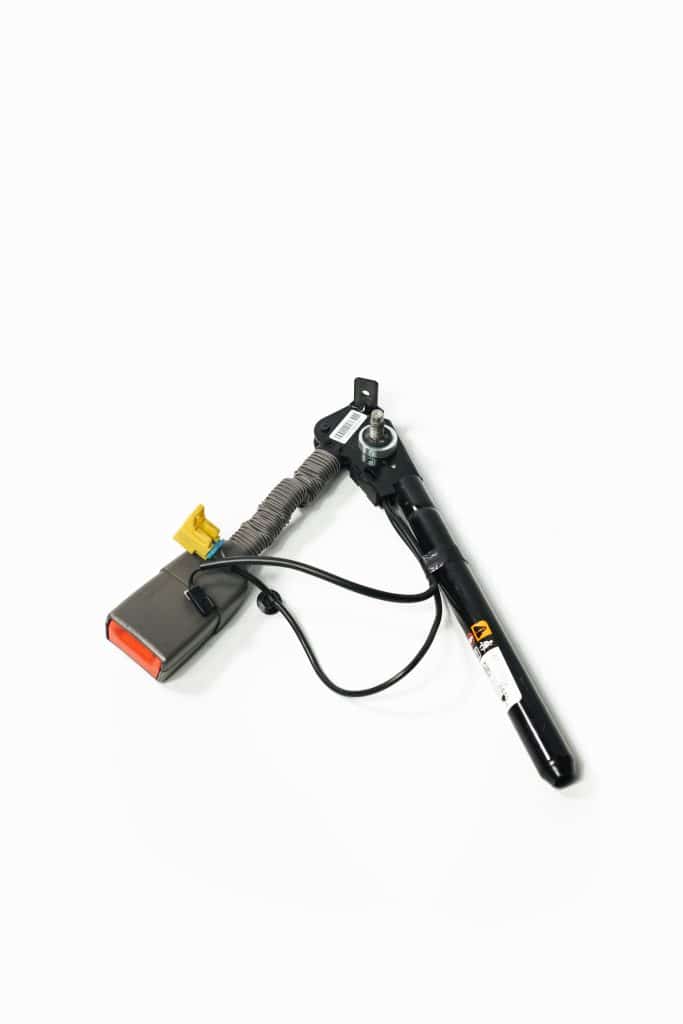
Faulty or deployed charge on the anchor/buckle pretensioner.
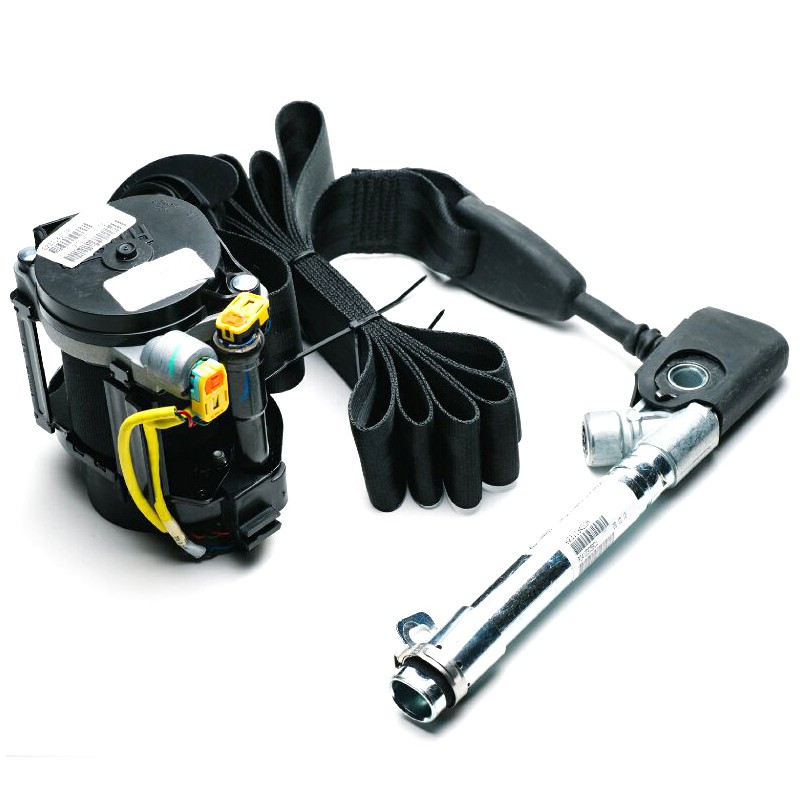
Faulty seatbelt and pretensioner.
Types of seatbelt retractors and pretensioners.
There’s a lot of different types of seatbelts: single stage, dual stage and triple stage.
- Your seatbelt could just have one plug on the retractor.
- It could have 1 plug on the retractor and the pretensioner.
- Some just have 2 on just the retractor.
- 2 on the retractor and 1 on the pretensioner.
- If your seatbelt doesn’t have an anchor pretensioner, check to see if yours has a buckle pretensioner.
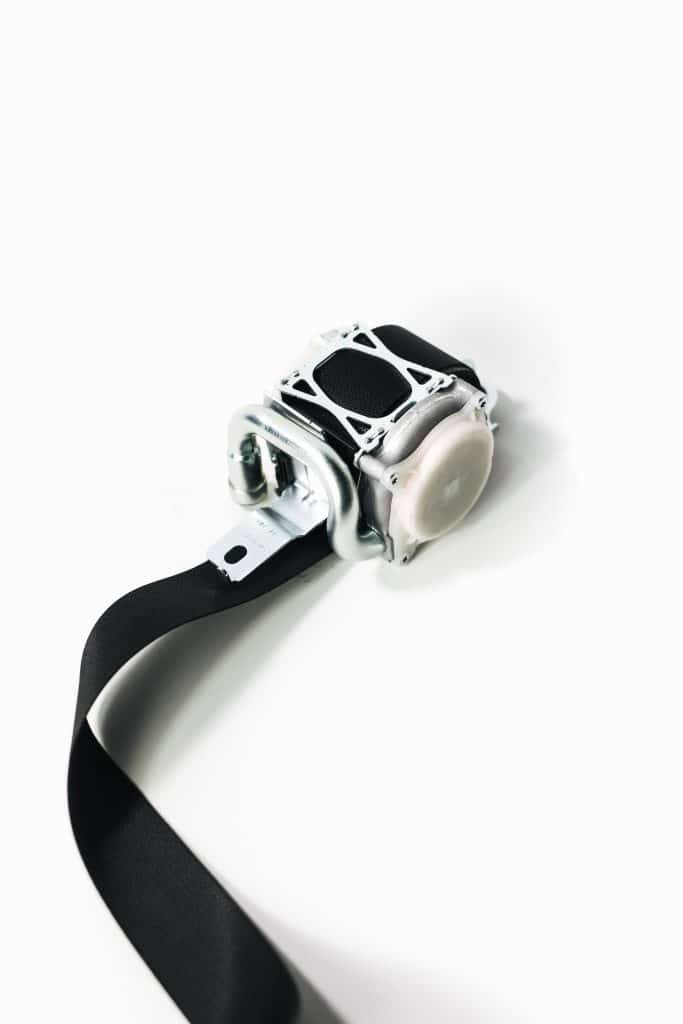
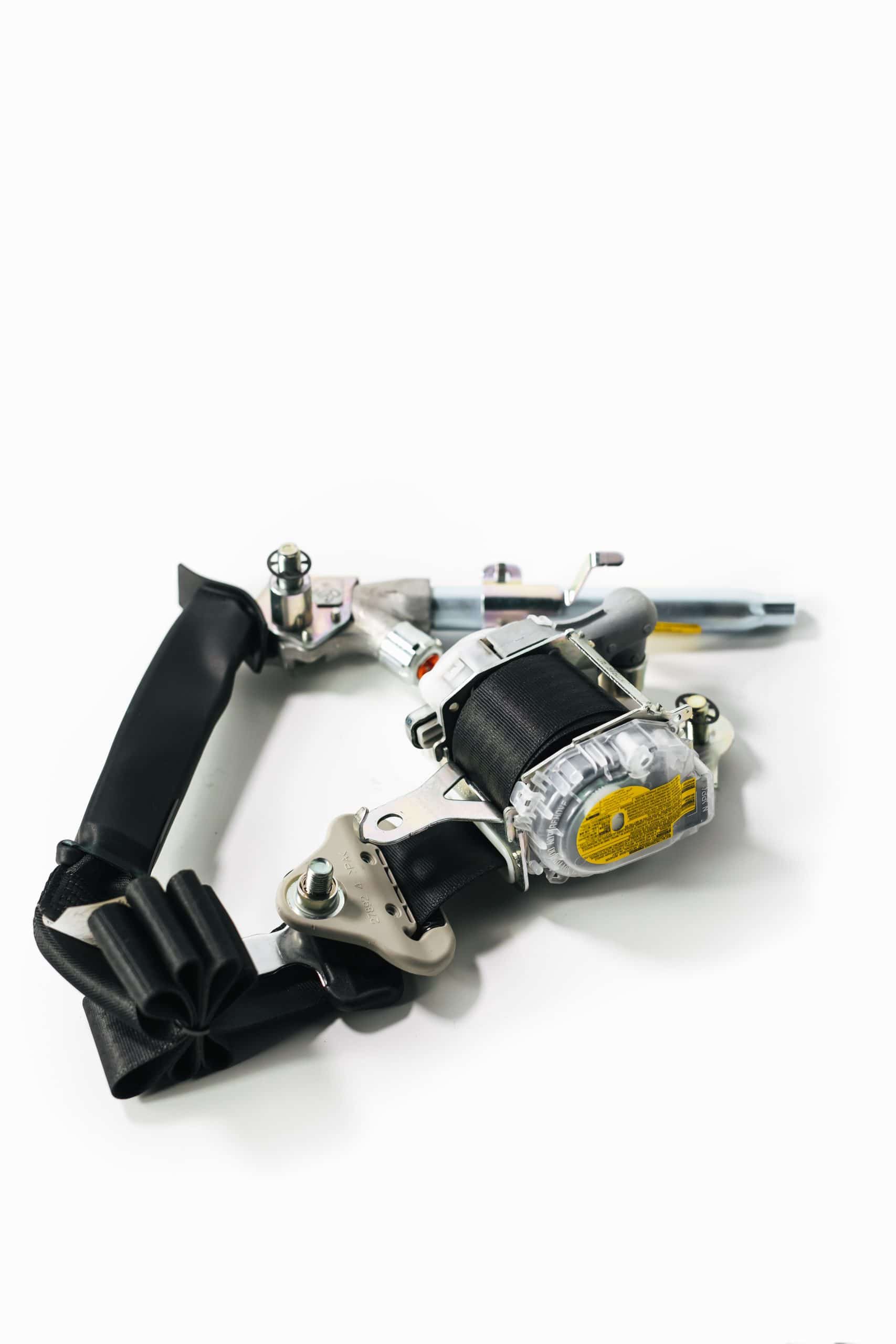

The driver side, passenger side and the ones in the rear can be all different.
How to test your seatbelt or pretensioner.
After you find out what kind of seatbelt or pretensioner you have, check the ohms on the plug or plugs with a multimeter.
This video will show you how to exactly check the ohms.
The ohms should read anything between 2 and 3.
If it reads anything below 2 or above 3, that means it’s bad and will need to be sent into safetyrestore.com
Electrical issue, or faulty wire harness.
Now, if all your seat belts and pretensioners are good, check to see if the plug that connects to your seatbelt is good. – Sometimes those go bad as well.
Look out for broken, bent, pushed out, or corroded connector’s pins.
Lastly, If everything else is good, it is most likely a hard code stored in the airbag module.
